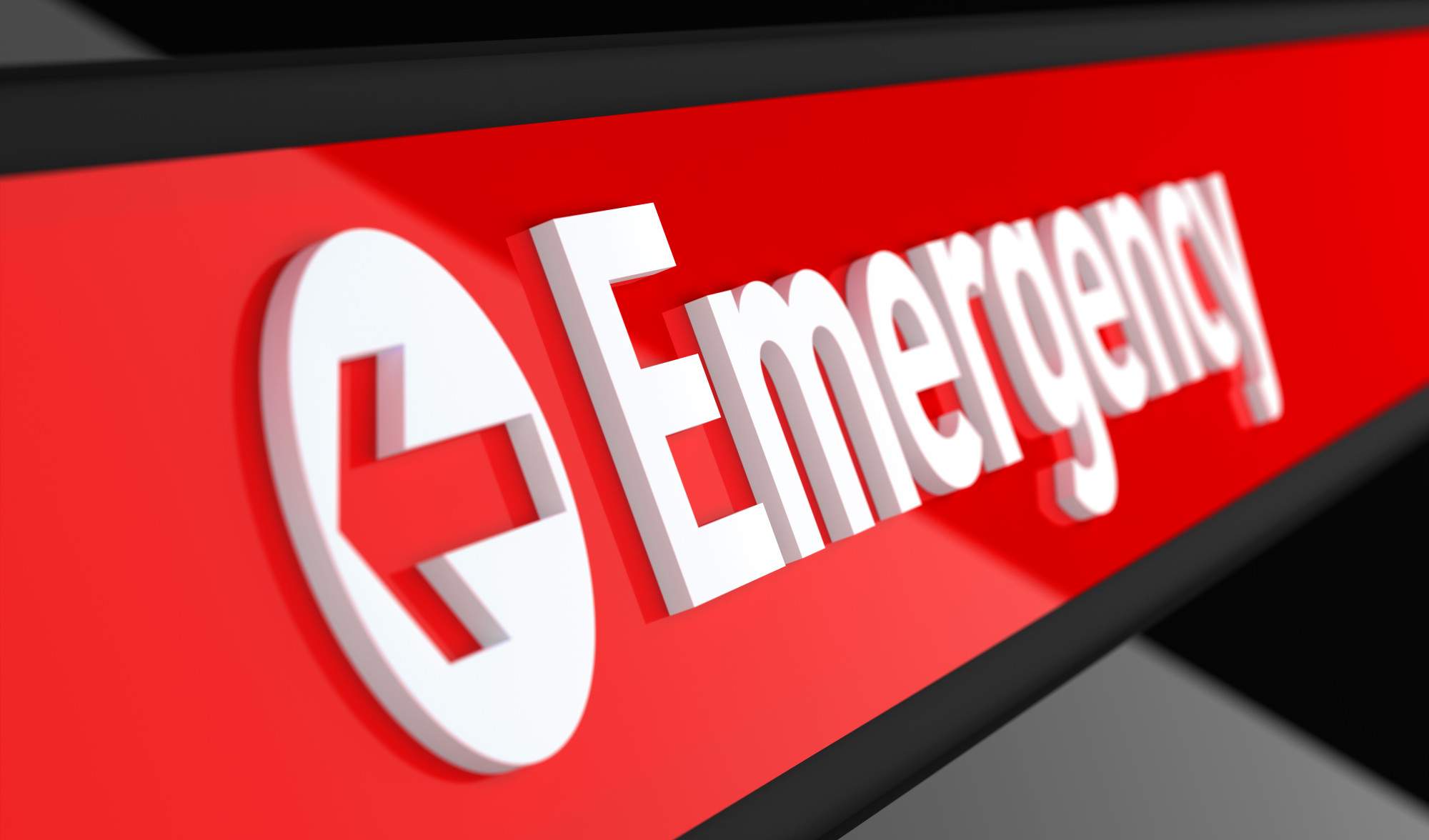
How an Emergency Care Service Compares to Urgent Care
In 2019 alone, the CDC reported that an estimated 22% of the adult population had visited the Emergency Department at least once in the past twelve months. The COVID-19 pandemic heavily skewed these numbers. In the beginning, rates severely decreased; then steadily increased over time.
Quite unsurprisingly, many people head to the hospital for emergency care services for ailments and issues that can be easily fixed. This is largely due to misinformation about what issues can be treated at an ER as opposed to somewhere smaller, such as Urgent Care.
In this article, we’ll cover some of the differences between urgent care and an emergency room.
What Happens at the Urgent Care?
Urgent cares are an oddity because many people often forget they exist. They’re a fantastic place to go for moderate to some severe illnesses or traumatic events that don’t require major surgeries or procedures.
Some of these include things like
- Cuts and bruises
- Vomiting; fever
- Earaches or migraines
- Joint, ankle pains, or muscle spasms
- Urinary Tract Infections (UTI)
Most urgent cares are well-equipped with a trained staff that can treat an even wider range of ailments. Diarrhea and bronchitis are two more examples of more severe illnesses that urgent care can treat.
Urgent Care Environment: Staff and Times
Urgent care typically doesn’t have physicians in handy, but a good handful of some do. Nurses, nurse practitioners, and physician assistants are the most common medical staff in urgent care. These facilities also have set hours, so be sure to check if they’re open before you go.
Urgent care is much cheaper and has a lower wait time than emergency rooms. They can also prescribe basic lab and imaging orders for small to moderate issues.
You can visit this link to find an urgent care clinic near you.
Going To Emergency Care Service
Taking advantage of emergency care services should only be done if there is a moderate to severe issue being faced. Way too often, people go to the emergency room with minor issues.
This not only incurs a larger bill for the patient but takes valuable time off of a medical professional. Which, in the end, could have been the difference between life or death for another patient. Emergency care services should be reserved for issues that require immediate care.
If you’re asking “when should I go to the ER?”, here are some signs you should go:
- Seizures
- Chest pain or pressure
- Pneumonia
- Life-threatening tragedy (gunshot wound, abuse, car accident)
- Paralysis or weakness
Accidental food poisoning or overdose can also be treated at the emergency medical center. If there is a sense of imminent danger, please call 911 and be escorted via an EMS as it might not be safe to drive yourself.
Emergency Room Environment: Staff and Times
The ER is open 24/7 and is staffed with nurses, physicians, nurse practitioners, and nurses with specialties in emergency care.
Other medical professionals might be on board, such as mental health evaluators, therapists, and surgeons. Prices and wait times are usually higher. There is also an increased risk of accumulating multiple bills and staying overnight for admission.
Additional Medical Advice
The difference between an emergency care service and urgent care might seem small. And in fact, in some situations, it might be.
However, knowing the differences can help you make the decision on which one is right for your specific needs. It can also help you save money, and not waste the time of patients who are in dire need of emergency care.
For more helpful tips, please visit the health section of our blog.















